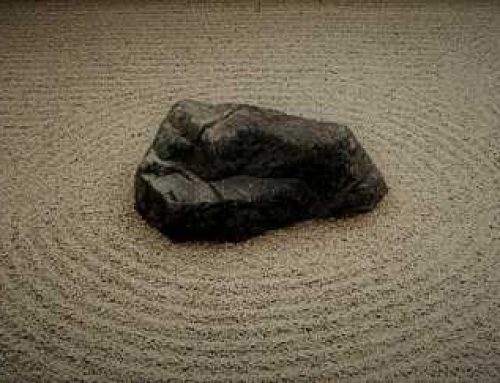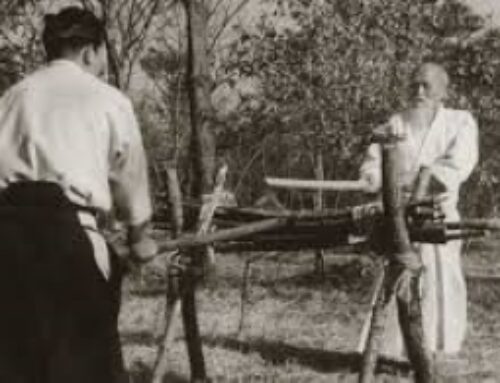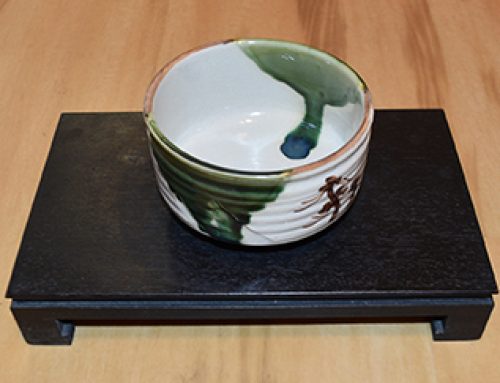The essence of the definition of the term Katsujinken, “the sword that gives life,” is located at the very heart of mankind’s role in the order of things. “Only within the capacity to devastate can arise true compassion.” Ponderous as this statement at first appears, it is nonetheless one which all Aiki-Deshi (students of Aikido) should strive to understand; for man alone possesses the ultimate power of the human mind, a power which brings with it the cognizant choice of being either destroyer or caretaker. It seems quite pitiful that for the most part man has chosen the path of Satsujinken, “the sword that takes life,” to that of Katsujinken. Since the passing of O‘Sensei, a disturbing trend has emerged among a number of instructors; in the guise of “peace and love” this trend is misguidedly aimed at the removal of martial principles from the practice of Aikido Waza (technique), subsequently creating a watered down and ineffective art. The Bujutsu (martial art/science) of the Japanese Bushi (warriors) were arts unsurpassed for their strength and effectiveness in dealing with the destruction of an enemy. The genius of the Founder, O’Sensei Ueshiba Morihei , was to take these attributes and, while maintaining their potency, transform them into a pure and unique Budo (martial way), one with the capacity to face the enemy on all levels, external or internal, while polishing the blade of Katsujinken to understand man’s true benevolent nature. Aikido as set forth by O’Sensei is a means through which to build both a powerful body for the martial arts and develop the fortitude necessary to wield the sword that gives life, not takes life. Katsujinken is by far one of the most important underlying principles of Aikido, one which should serve to drive each Deshi to train with tremendous determination and an ever-open heart.
Reprinted with permission from ‘Aikido In Training’ – Copyright Cool Rain Productions 1993, 2002.
Click here to visit the Cool Rain Store here now to get Crane Sensei’s DVDs and book!






